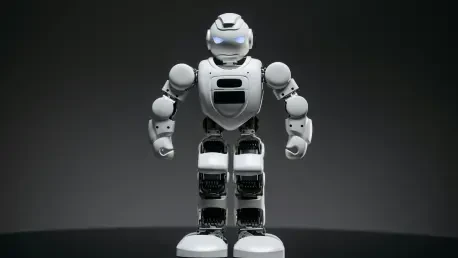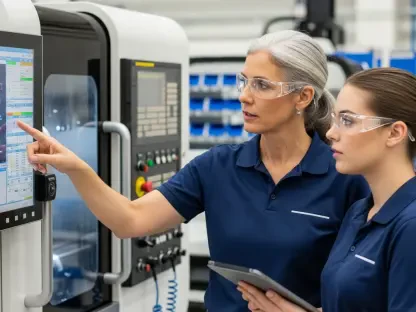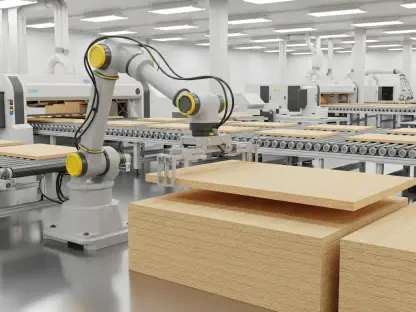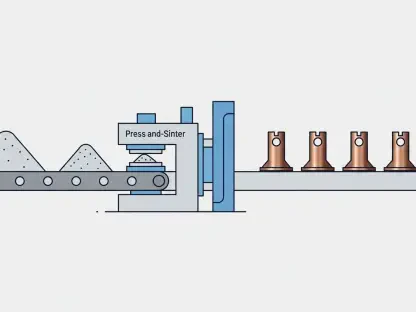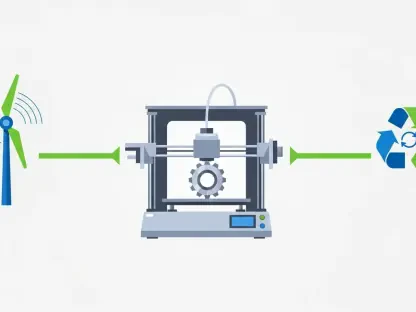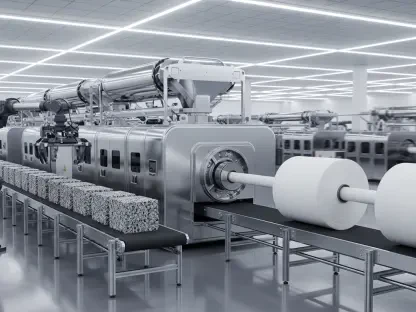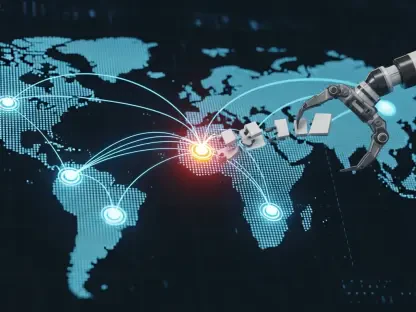I’m thrilled to sit down with Kwame Zaire, a renowned manufacturing expert whose deep knowledge of electronics, equipment, and production management has made him a thought leader in the field. With a keen focus on predictive maintenance, quality, and safety, Kwame brings a unique perspective to the cutting-edge world of humanoid robotics. Today, we’ll explore the ambitious efforts of a pioneering company in this space, diving into their groundbreaking funding achievements, innovative technologies, manufacturing strategies, and their vision for transforming industries with intelligent robots.
How did this company manage to secure over $1 billion in their latest funding round, and what does this signify for their growth?
Securing over $1 billion in a Series C round is no small feat. It reflects a tremendous amount of confidence from investors in the company’s vision and potential. From what I understand, they’ve built a compelling case by demonstrating rapid progress in humanoid robot development and a clear roadmap for deployment. This kind of funding often comes from a mix of strategic partnerships and showcasing tangible results, like prototypes or pilot programs. For their growth, it’s a game-changer—it pushes their valuation to an impressive $39 billion and provides the capital needed to scale operations, refine technology, and tackle real-world challenges.
What are the primary areas this new capital will support, and how do they align with the goal of large-scale deployment?
The funds are being channeled into three critical areas: developing humanoid robots, enhancing GPU infrastructure for training and simulation, and advancing their proprietary AI platform. Each of these plays a vital role in deployment. The robots themselves are the core product, while the GPU infrastructure supports the heavy computational needs for AI training. The AI platform ties it all together by enabling the robots to think and act in complex environments. Together, these investments are about creating a robust ecosystem where robots can be produced, trained, and deployed effectively across industries.
What sets these humanoid robots apart in terms of design and functionality?
These robots are designed to mimic human actions with remarkable precision, which is a huge leap forward. They’re built to handle a range of tasks, especially repetitive or hazardous ones that humans shouldn’t have to do. Think of tasks in manufacturing or logistics where safety risks are high or monotony affects productivity. What’s impressive is the speed of iteration—two generations in just three years, and now they’re on their third model, Figure 03. Each version likely improves on dexterity, adaptability, and integration with AI, making them more capable of operating in real-world settings.
Can you walk us through the role of their central production facility in scaling up robot manufacturing?
Their BotQ facility is the heart of their manufacturing efforts. It’s where these humanoid robots are assembled and tested, ensuring they meet the standards needed to function in diverse environments. Scaling up production at a facility like this involves optimizing workflows, integrating advanced automation for precision, and ensuring quality control at every step. It’s not just about building more robots; it’s about building them efficiently and consistently to meet growing demand across residential and commercial sectors.
What challenges do you think they face when ramping up production for such advanced technology?
Scaling production for humanoid robots is incredibly complex. First, there’s the challenge of sourcing high-quality components at scale—specialized sensors, actuators, and materials aren’t always readily available in bulk. Then, you’ve got the integration of cutting-edge AI with hardware, which requires meticulous testing to avoid failures. There’s also the issue of cost; keeping production economically viable while maintaining quality is a tightrope walk. And let’s not forget regulatory hurdles—ensuring compliance with safety and industry standards adds another layer of difficulty.
How does their AI platform contribute to making these robots more intelligent and responsive?
Their AI platform, known as Helix, is the brain behind the robots. It’s built on a concept called embodied intelligence, which means the AI doesn’t just process data in isolation—it understands the physical world through vision, language, and action. Helix enables the robots to interpret their surroundings, respond to instructions, and execute tasks by combining visual inputs with language processing and physical control. It’s what allows a robot to, say, navigate a cluttered warehouse or follow complex commands, adapting to new situations on the fly.
Can you explain how expanding GPU infrastructure supports the development of this AI platform?
GPU infrastructure is critical for AI development because it handles the massive computational load required for training models. For Helix, expanded GPU capacity means faster and more detailed simulations, allowing the AI to learn from vast datasets without needing physical robots for every test. This speeds up development cycles and improves the AI’s ability to handle real-world scenarios through virtual training. It’s like giving the AI a sandbox to practice in before it steps into a factory or home, ensuring better performance and reliability.
What impact do you think partnerships with major asset managers could have on the training and deployment of these robots?
Partnerships with large asset managers, especially those managing extensive residential and commercial properties, are invaluable. They provide access to real-world environments where robots can be tested and trained, generating huge amounts of data on human navigation and object manipulation. This data is gold for pretraining AI models like Helix, helping robots adapt to dynamic settings before they’re widely deployed. It’s a strategic move that bridges the gap between lab development and practical application, accelerating the path to market.
What is your forecast for the future of humanoid robots in industrial and residential settings?
I’m incredibly optimistic about the future of humanoid robots. In the next decade, I expect we’ll see them become integral to industries like manufacturing, logistics, and healthcare, taking on tasks that are too dangerous or repetitive for humans. In residential settings, they could assist with elder care or household chores, improving quality of life. The key will be balancing cost, accessibility, and public acceptance. If companies like this one continue to innovate and drive down costs while ensuring safety and reliability, we’re looking at a transformative shift in how we interact with technology on a daily basis.
